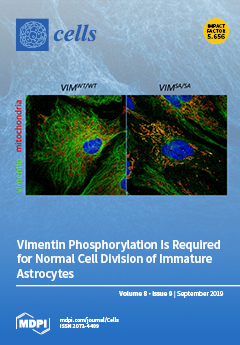Recent evidence suggests that hepatic dendritic cells (HDCs) contribute to the evolution of chronic liver diseases. However, the HDC subsets involved and the mechanisms driving these responses are still poorly understood. In this study, we have investigated the role of the fractalkine receptor CX
3CR1 in modulating monocyte-derived dendritic cell (moDC) differentiation during liver inflammation. The phenotype of HDC and functional relevance of CX
3CR1 was assessed in mice following necro-inflammatory liver injury induced by the hepatotoxic agent carbon tetrachloride (CCl
4) and in steatohepatitis caused by a methionine/choline-deficient (MCD) diet. In both the experimental models, hepatic inflammation was associated with a massive expansion of CD11c
+/MHCII
high/CD11b
+ myeloid HDCs. These cells also expressed the monocyte markers Ly6C, chemokine (C-C Motif) receptor 2 (CCR2), F4/80 and CD88, along with CX
3CR1, allowing their tentative identification as moDCs. Mice defective in CX
3CR1 showed a reduction in liver-moDC recruitment following CCl
4 poisoning in parallel with a defective maturation of monocytes into moDCs. The lack of CX
3CR1 also affected moDC differentiation from bone marrow myeloid cells induced by granulocyte-macrophage colony stimulating factor (GM-CSF) and interleukin-4 (IL-4) in vitro. In wild-type mice, treatment with the CX
3CR1 antagonist CX3-AT (150 µg, i.p.) 24 h after CCl
4 administration reduced liver moDC
S and significantly ameliorated hepatic injury and inflammation. Altogether, these results highlight the possible involvement of moDCs in promoting hepatic inflammation following liver injury and indicated a novel role of CX
3CL1/CX
3CR1 dyad in driving the differentiation of hepatic moDCs.
Full article






